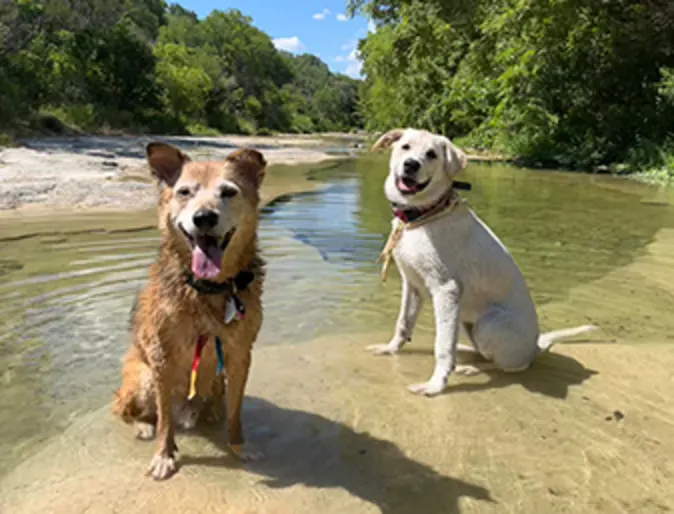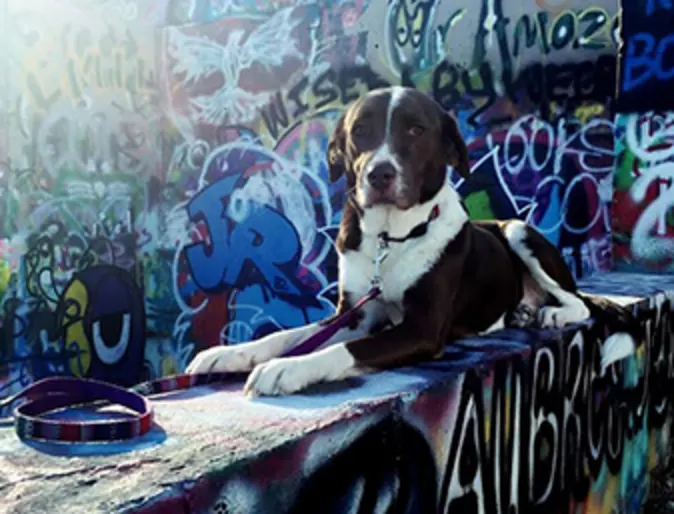South Park Animal Hospital



Surgery Services
We offer a full range of surgery services to the pets of Austin, TX. Our veterinarians can provide expert spay & neuter, soft tissue, and orthopedic surgery services.

Preventative Medicine
One of the most important things you can do for your pet is to bring them in for routine physical examinations. Our general wellness care can help catch and treat pet health issues before they become severe.

Dental Care
Regular dental cleaning is an important aspect of your pet's veterinary care! Pet dental care can help prevent and treat common periodontal diseases, as well as other mouth-related pet health issues.

YOUR EXPERIENCE MATTERS.
We believe it is important to give you and your pet a phenomenal experience. The low-stress experience we provide allows your pet to be in a more relaxed environment, making it easier for us to practice excellent medicine. The goal of our dedicated team is to help you learn about your pet’s health and grow the animal-human bond you share with your amazing companion.

FROM OUR FAMILY TO YOURS.
We take the same approach to all three of our hospitals: focus on creating a family-like atmosphere, and settle for nothing less than excellence in every aspect of medicine. So whether it’s South Park, Southwest Vet, or Dripping Springs we are excited to serve you, and please know that your pet is in very capable hands.
Client Reviews & Testimonials
South Park Animal Hospital has cared for hundreds of happy and healthy Austin, TX pets since opening our doors in 2011. Here's what people are saying about us.
